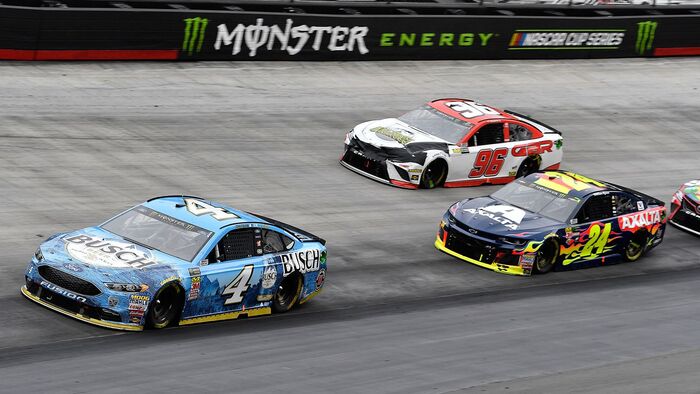How different are the race tracks?
Most of them host races for the Nextel, Busch, and Craftsman Truck Series, some are unique to a particular series, like Pocono Raceway, which currently only has Nextel. Many of the most popular routes, such as Daytona Speedway, also run twice a year.
Each NASCAR racetrack is unique. That’s one of the things that makes NASCAR so interesting. From week to week there are different challenges that car drivers and race teams have to face. One week it might be tire wear, the next it might be gas mileage, then horsepower, then handling.
The shape and length of each NASCAR track varies
The most standard shape is an oval track. These racetracks range in length from the shortest track which is Martinsville Speedway at 0.53 miles to the longest track which is Talladega Super Spy at 2.66 miles.
Another popular type of route is the tri-oval, like Michigan International Speedway. Lowe’s Speedway in North Carolina is quadrangular, while Darlington Racetrack is an oval with varying lengths. One of the most unique routes is the Pocono Racetrack, which has a triangular oval shape. To really change things up, NASCAR has two road races that are a complicated form of twists and turns.

There are three general terms used for the length of racetracks
If the course is less than 1 mile, it is called a short track. If the length exceeds 2 miles, the course is called a Super Speedway. NASCAR racetracks that fall between these two lengths are commonly referred to as intermediate routes.
Another thing that makes each racetrack unique is the overlay on turns.
Each track has its own banking degree. This makes for different top speeds and different handling on each rough again, forcing drivers and race cars to adapt each week to how they prepare and race.
There are two racetracks, which are called limiting tracks.
This is the Talladega and Daytona Super Expressway. It is a long 2-mile plus track that is highly loaded allowing the racing cars to reach extremely high and dangerous speeds of over 200 mph. In an effort to make these courses safer, cars must have skid plates to slow them down.
Some race car drivers argue that this actually makes the race more dangerous, as the race cars come together to throw each other off. A single-car crash at the front of the pack can cause a considerable multi-car crash as cars that are inches apart pile up. It does make for some exciting racing to watch as there can be 10 or more racing cars close together on the last lap with every chance of winning.
Overall, the uniqueness of each course makes NASCAR fun to watch from week to week. Different racing teams and drivers are celebrated on different types of routes, but the champion must celebrate on all of them.
